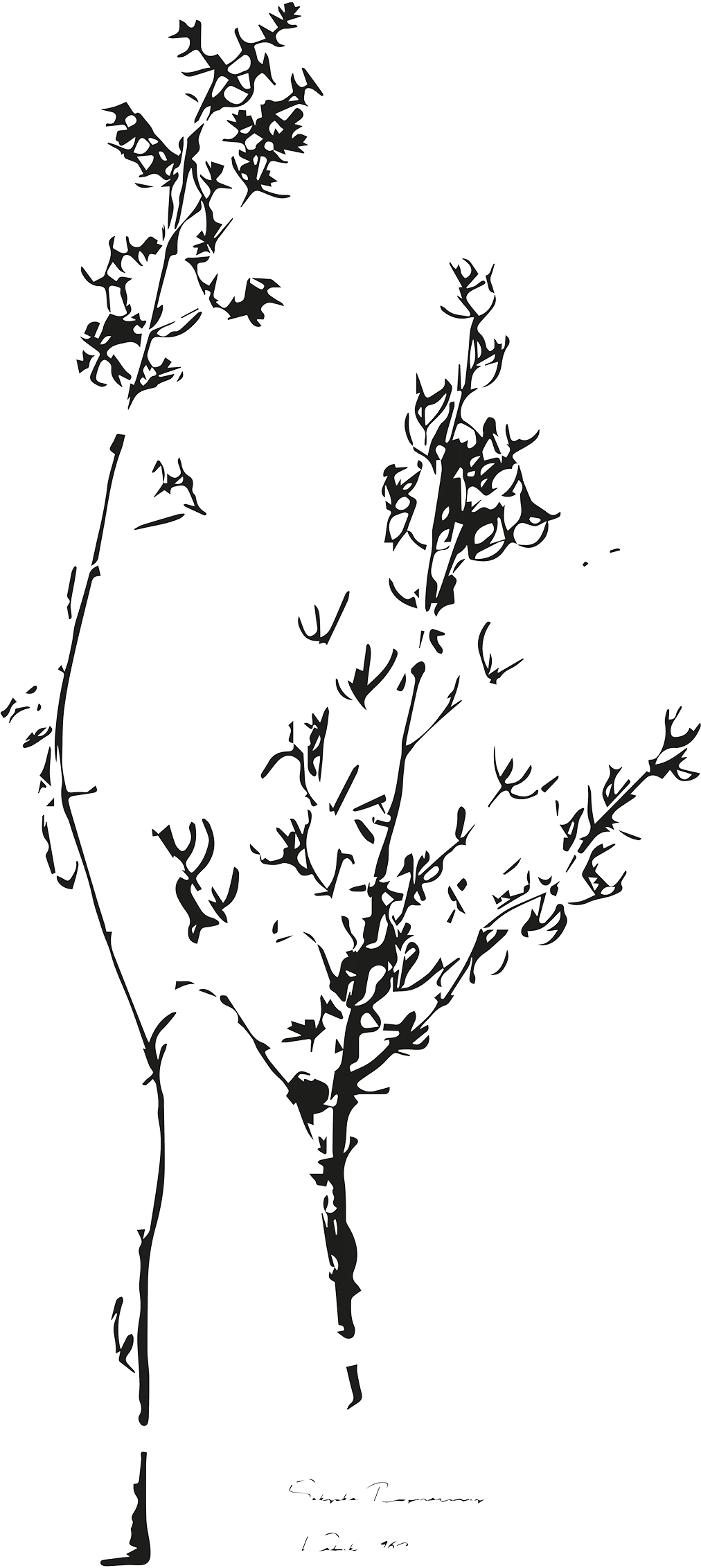True blue | The history of lapis lazuli jewellery
Blue is one of the rarest colours found in nature. Up until the 18th century, whether you were a Pharaoh or an artist, there was only one place you could find blue in its natural form - the high peaks of north-eastern Afghanistan. Here, the mountains are streaked with seams of lapis lazuli, which, when ground into a fine powder, gave the world its first blue pigment. This made lapis a priceless commodity in a blueless world, surpassing the price of gold right up until the industrial age.
To this day, Afghanistan remains home to the world's largest deposit of Lapis Lazuli. We work with master artisans in the old city of Kabul to craft contemporary jewellery with this iconic blue stone.
Shop our collection of lapis jewellery.
Photos by Charles Thiefaine
What is lapis lazuli?
Lapis lazuli is one of the oldest gemstones known to humanity, treasured for its deep blue hue.
Lapis is the only significant gemstone to be categorised as a rock rather than a mineral due to its unique composition and formation. An aggregate of several minerals, it is lazurite which gives lapis its striking, deep blue hue. The shade can have some slight variation, varying depending on the amount of impurities in the stone’s composition, and is sometimes streaked with white calcite, or flecked with sparkling gold pyrite.
Where does lapis lazuli come from?
Afghanistan has been the primary source of lapis lazuli for millennia. The legendary mines of Badakhshan in the mountainous north-east are believed to have been operating for more than 6,500 years - making them the oldest known source of gemstones in the entire world. The Sar-i-Sang mine on the banks of the Kokcha river was the main source of Lapis Lazuli for the Ancient Egyptians, Babylonians, Greeks and Romans alike. Lapis originating from Sar-i-Sang has been found in treasures uncovered at the Royal Cemetery of Ur and in the Tomb of Tutankhamun.
Lapis mines have historically been attributed to southeast Persia, Azerbaijan and Iran, but it is thought today that these were likely confused with either turquoise or azurite. Today, lapis is also mined in the Chilean Andes and in southern Siberia, with smaller deposits found scattered throughout the world, from Angola to California.
The world’s finest lapis is still thought to originate from Afghanistan, with its intense blue color and minimal calcite inclusions making it a favourable choice for jewellery.
What is the meaning of the name lapis lazuli?
‘Lapis’ is simply Latin for stone, whereas ‘lazuli’ has its roots in the Medieval Latin ‘lazulus’. This was itself adopted from the Arabic ‘lazward’, which means blue. Another word for blue - azure - also shares this origin.
Lapis was once called ‘Sapphirus’. Indeed, the Old Testament is littered with mentions of ‘sapphires’ that are today thought to more likely refer to lapis lazuli - as sapphire was not discovered until much later.
What is lapis lazuli used for?
Throughout history, many blue stones were seen as talismans to ward against the evil eye. Of all of them, lapis lazuli was held in highest regard.
In Ancient Egypt, it was the most prized gemstone of all, used for jewellery, to craft statues of the gods, and offered as valuables paid to Pharaohs. It was also ground into a vibrant powder to be used as eyeshadow by Cleopatra.
Italian traders would later name pigment ‘ultramarine’ - meaning ‘beyond the sea’, in recognition of its vast journey from the peaks of Afghanistan. This vibrant blue pigment was the most expensive shade used by Renaissance artists, which explains why its use was often reserved for holy figures, like the robes of the Virgin Mary.
Afghan lapis jewellery | Left: Lapis Chunky Ring, Right: Lapis Bead Necklace
We source the finest quality lapis from the ancient mines of Afghanistan and work with master artisans to create contemporary lapis jewellery.
Shop our collection of lapis jewellery.






